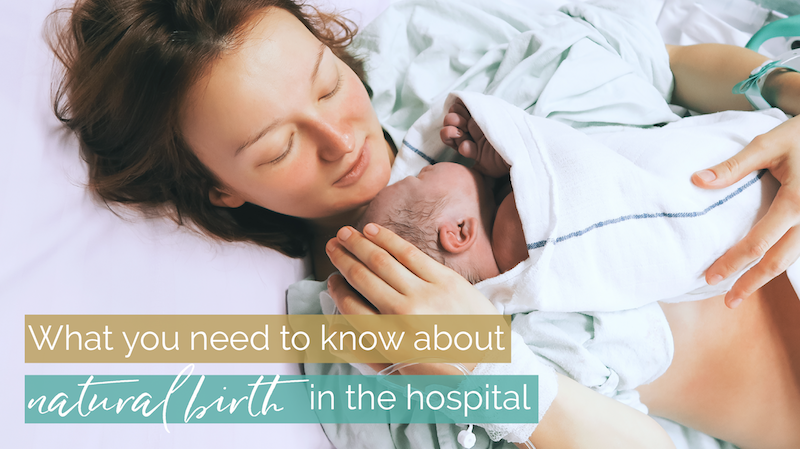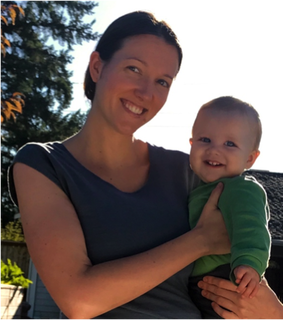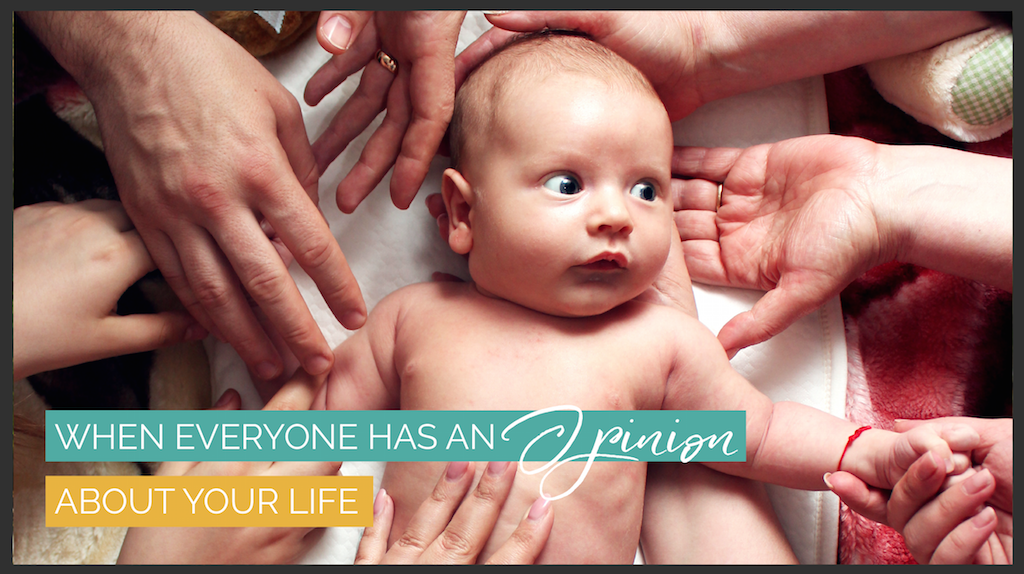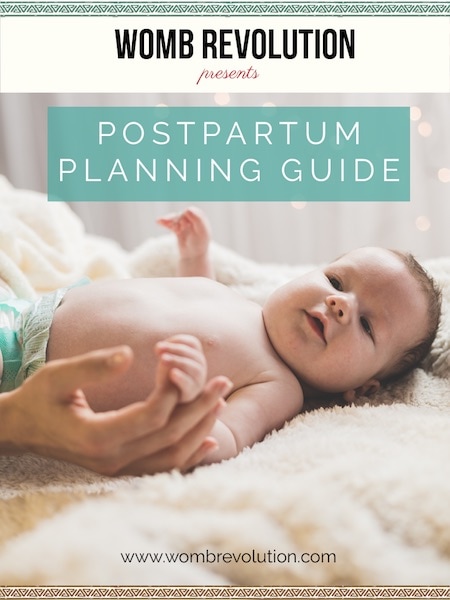It’s crucial to have support in our communities, especially surrounding traditionally taboo topics like menstruation, birth control, and sex. In my personal experience and in the stories of the people I have served, we are up against coercion, dismissing of pain, and misinformation. It’s critical that we know our rights, that we know how our bodies work, and that we have the information to make us experts on our own bodies. Everyone is entitled to this.
|
When I introduce myself to people, the question I hear most often is “What’s a birth control doula?” The word doula was used in ancient Greece to mean “servant woman.” The current definition has a closer meaning to “a person who serves women.” Birth control doula is a term coined by Emily Varnam (co-founder of The Fifth Vital Sign). A birth control doula provides emotional and educational support for people as they choose or transition between birth control options. It’s crucial to have support in our communities, especially surrounding traditionally taboo topics like menstruation, birth control, and sex. In my personal experience and in the stories of the people I have served, we are up against coercion, dismissing of pain, and misinformation. It’s critical that we know our rights, that we know how our bodies work, and that we have the information to make us experts on our own bodies. Everyone is entitled to this. “It’s critical that we know our rights, that we know how our bodies work, and that we have the information to make us experts on our own bodies. Everyone is entitled to this.”
1 Comment
Guest Blog Post by Dr. Bob Mason, from Active Life Chiropractic.
Having a baby in a breech position is one of the most common reasons for a cesarean birth. In some cases, a vaginal breech birth is possible (depending on the circumstances), but getting a breech baby to turn head down can save you a lot of worries. While some babies tend to turn head down by 34 weeks, others need a little help. Actually, they typically don’t need help, they just need the proper environment in order to move. The following guide is designed to help you provide a better environment for a vertex presented baby (head down). Keep in mind, that while many mothers do all they can to help a breech baby turn, not all babies can be positioned into the vertex position. While doctors are not 100% certain of the reason, the American Pregnancy Association lists the following reasons for a breech baby: multiple pregnancies, if a woman has had a premature birth previously, if the uterus has too much or too little amniotic fluid, if the uterus has an abnormal shape or if there is a placenta previa. Results from the techniques listed below vary from person to person. Do not do any part of this guide that causes pain or discomfort and be sure to talk to your healthcare provider before beginning any of the movements suggested in this post. THERE IS A NEED FOR ALTERNATIVE CONTRACEPTIVE METHODS This is an exciting time to be a menstruator. Many people are choosing to leave behind hormonal birth control and follow a fertility awareness based method instead. There are dozens of new companies popping up to fill a need for natural contraceptives and as a result, new opportunities have arisen for people to take control over their own fertility without medical intervention. But as Spider Man’s Uncle Ben so aptly reminds us “with great power comes great responsibility.” After all, the stakes are pretty high when we are talking about someone’s ability and desire regarding reproduction.
HOW DO WE PREPARE FOR THE UNKNOWN?
People often ask me why I became a doula. Part of it was just a deep calling that I can't quite explain. During my first pregnancy, I discovered my mind and body were feeling things in a different way than I had experienced them in the past. I was more aware, more sensitive, more connected with my inner world. I now know it was because of the natural changes that were going on in my brain as part of pregnancy. Thanks to that, I also connected more with my dreams and the seed of birth work got planted in my heart. After the birth of my first child, I was amazed at the powerful transformation that I had just experienced and I was determined to help people prepare for birth so that, together, we could start changing our birth culture of fear back into a rite of passage that honors parenthood and the changes we go through during that time. I soon realized the task was way bigger than I ever imagined. As I started working with clients and attending more births, my questions got bigger. How do I help prepare people for birth? There are many little pieces of that puzzle. There is not one simple answer. But I have noticed in my time doing this work that a lot of our modern's world preparation for childbirth is very left brain oriented. After all, we live in a left brain world. The left brain is our thinking brain. That's where language, numbers, and analytical thought happen. When preparing for birth, we encounter a lot of percentages, statistics, studies, and science, and that is great. Evidence-based education can help build trust in birth and it's a powerful tool to make informed decisions for your family. However, there is another important aspect of birth preparation that is harder to access because, in our modern world of rational thinking, intuition often gets dismissed and minimized.
These Are My Hours is a new movie about birth, and it's completely different from any other movie about birth that has ever been done.
Although it is technically a documentary, it feels a lot more like a fiction film because it tells a single story of a single mother birthing her child. This movie is not about statistics, evidence-based information or public policies. Instead, watching These Are My Hours is a lot more like actually being at a birth. And not any birth, but one in which a woman takes matters into her own hands and fearlessly rocks her experience, even though at times it seems impossible to do. I had the honor to chat with Emily Graham, the subject of this film, who shares with us how she got involved in this project, why it is important for her, and what she hopes for the film to do in our crazy world. M: Tell us, how did you get involved in the birth world? E: I had my first baby at home almost 10 years ago and I found that after I gave birth I still wanted to read all the books and talk about it and I realized that I was interested in learning about it and working in birth more than just as a mother. So I asked my midwife if I could work with her. Despite me having never trained in anything related to health or birth, she said yes.
Having a natural birth in the hospital is something that rarely just happens to people, especially first-time parents. Did you know that more than 80% of women who give birth in St. Peter's Hospital have an epidural? That's a big number! Of course, many of these people were never planning to have a natural birth (which can mean different things to different people, but for the purpose of this article it means no pain meds). What this means is that if you're flirting with the idea of a natural birth, just hoping for it to happen most likely won't get you there. Trying to have a natural birth in the hospital can sometimes be like being on a diet and spending all day in a candy store. A natural part of labor is getting to that point of feeling like you can't do it anymore like you need to "give up." Birthing from Within mentors call it "the gate of great doubt." So when pain relief is so readily available, you really need great tools and even greater support to get through the hard parts without drugs.
So what can you do if you're hoping for a natural birth in the hospital? Here are some ideas for you!
-By Michele Drake I have spent the last few years passionately listening to women talk about their health, and a few trends have become apparent. One of the most startling, but also most common, stories I hear is about people being invalidated by their doctors or healthcare providers (see my blog post about informed consent). This is infuriating for many reasons, but mostly because no one knows your body better than you. You should be your #1 resource in your own healthcare. For me, this means being observant and curious about my own body.
The symptothermal method is a Fertility Awareness Method which requires tracking cycle days, basal body temperature (BBT), and cervical fluid observations. When you learn to observe and record these fertility signs, you will be able to clearly see how long your cycles are, if and when you ovulate, and determine whether or not you are fertile. To clarify, fertility is a measure of health- whether or not you are trying to conceive. Healthy bodies are fertile bodies, so even if you choose not to reproduce, you should still be working toward a healthy, ovulating body.
Below are my top 4 reasons for charting menstrual cycles (and none of them are for conception or contraception). Guest Blog Post By Fehlya Ehrlander Are you interested on blogging for Womb Revolution? Contact us! (Much of this post is taken from materials provided by the Simplicity Parenting training, led by Kim John Payne and Davina Muse.) When Marissa invited me to do a guest post with tips for simplifying with a young child, I thought “Hmm, that could be great! …but hmm.“ As a Waldorf teacher I can think of tips that I used in the classroom, and some that I developed to work with specific children’s needs. Just the other day a friend and I laughed about one that we’ve heard can also work with adults: let’s call it the doubly-exaggerated story. When someone has a habit of telling tall tales, but isn’t ready to acknowledge it, try responding with an embellishment that’s twice as silly as the first. A sense of humor can help break the ice and show that having the “best" story isn’t to be taken too seriously.
“Why did nobody tell me about this?” was the question I often asked myself when I woke up in the middle of the night to nurse my firstborn, wondering if I had peed the bed and realizing my breasts were leaking all over. I wish I had a clean shirt right next to bed. I wish I had a water bottler within reach. I wish I had a waterproof cover on my mattress. I wish I knew why my baby was crying. And all of the sudden I was furiously hungry at 3 am and the weight of it all was quite overwhelming.
Why didn’t I know these things? We just don’t know what we don’t know. HOW HARD CAN IT REALLY BE? When I talk to pregnant people about postpartum and they look at me with disbelief at the thought of asking friends and family for help, I totally get it. I was there too. It wasn’t until AFTER the birth of my first baby that I picked up a book about postpartum and I found myself thinking, “Darn, I should have read this BEFORE the baby was born.” Well, too late. I wasn’t prepared at all. You might be wondering, what kind of preparation do people actually need? Does this really apply to me? A pregnant woman asked me recently: “Will I really not be able to get up from bed and make myself a sandwich? Is it really that bad?” Honestly, if you don’t have any major complications during birth the answer is: most likely, yes. You will probably be able to physically get up from bed and make yourself a sandwich. You might even be able to make yourself a fancy sandwich or a more complex meal. I have seen people do very difficult things in the first few weeks after birth. But the real question here is… At what cost? And why? Guest post by Jenn Sanders.
Are you interested on blogging for Womb Revolution? Contact us! When I found I was pregnant, I was so excited to tell everyone I knew. My husband and I had been trying for a year, and I was starting to believe there was a problem. I even started wondering if I would ever have a baby. I went to my doctor with my concerns, had an ultrasound during ovulation, and then scheduled my husband to be tested. It was the very next month that I found out I was pregnant. To go from fearing the worst of being infertile to finding out I was pregnant led to an amazing high. The relief was extraordinary. THE DOES AND DON'TS BEGAN Something happened after about a month. People started telling me what to do or what not to do. This came from family, friends, and co-workers. One day, I was sitting at my desk at work enjoying a nice beefy hamburger, and my co-worker said, “You shouldn’t eat that because you’ll be so devastated when you can't fit into your old jeans again.” I was shocked. As I was developing my birth plan, I researched doulas and realized how awesome giving birth would be with one. My husband was onboard with it, and I was happy that I would have the support, encouragement and advice of someone who truly knew me, and cared about me and my baby. I also researched some other ways to have a baby, such as in water. What a magical experience to have your baby go from amniotic fluid inside the womb to warm water outside of it. What could be a more perfect transition? So, once I had my birth plan all laid out, I started telling people who asked. Of course, I was met with opposition. Most of the people didn’t know how a doula helps, but they had their opinions about one. It infuriated me. I spoke to a mom friend who said that this is completely normal and will happen often in motherhood. She was so right. As soon as I had McKayla, people were throwing advice at me left and right. Some of it was okay, but some of it seemed more like they were trying to tell me what I was doing was wrong. |
AuthorMarissa Rivera Bolaños is a doula and visual artist with a passion to create change around the way our culture approaches women's health. Archives
February 2024
Categories
All
|












